Tech Focus: Game Graphics vs. Movies
Does resolution really matter? Developers discuss bringing a filmic look to next-gen titles
When thoughts turn to next-gen console technology, we seek to quantify the leap forward with absolute metrics - and resolution inevitably gets prominence. Looking at the current generation of consoles, technical requirements for Xbox 360 games at launch (which were quickly overlooked) suggested that games should run at a minimum of native 720p with 2x multi-sampling anti-aliasing. A reasonable expectation for next-gen is full-on 1080p with the equivalent of 4x MSAA, but to what extent does resolution actually matter?
An interesting discussion kicked off on the blog of NVIDIA's Timothy Lottes recently, where the creator of FXAA (an anti-aliasing technique that intends to give games a more filmic look) compared in-game rendering at 1080p with the style of visuals we see from Blu-ray movies.
"The industry status quo is to push ultra-high display resolution, ultra-high texture resolution, and ultra sharpness," Lottes concluded.
Do 1080p games super-sample compared to Blu-ray movies? Is the current focus on high contrast, high detail artwork the right approach for a more filmic next-gen?
"In my opinion, a more interesting next-generation metric is can an engine on an ultra high-end PC rendering at 720p look as real as a DVD quality movie? Note, high-end PC at 720p can have upwards of a few 1000s of texture fetches and upwards of 100,000 flops per pixel per frame at 720p at 30Hz."
Comparing screengrabs of a game (Skyrim running with a super-sampled anti-aliasing hack) with the Robert Downey Jr Iron Man movie, the NVIDIA man reckons that even at native 1080p with no MSAA, game rendering is still effectively super-sampling compared to the quality we see in theatrical presentations, and maybe game developers could pursue a more filmic look using fewer pixels in concert with other processing techniques. Lottes noted that there is little or no single pixel-width detail in 1080p Blu-ray movies, as we can see in spades in ultra-precision PC presentation, suggesting that the same level of detail can be resolved in gaming without recourse to a 1080p framebuffer - or else utilising 1080p with a lot of filtering that gives the illusion of a lower resolution.
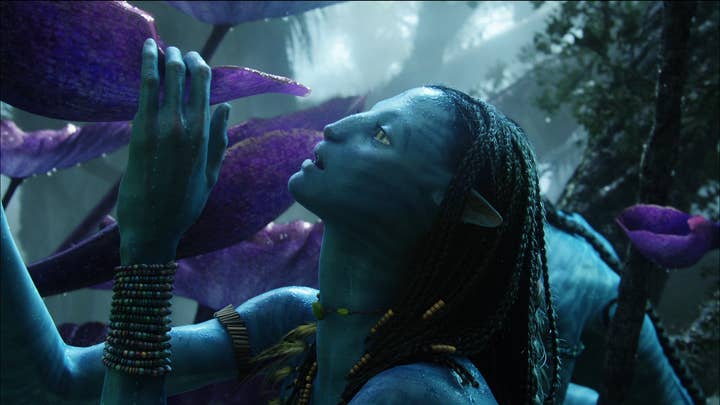
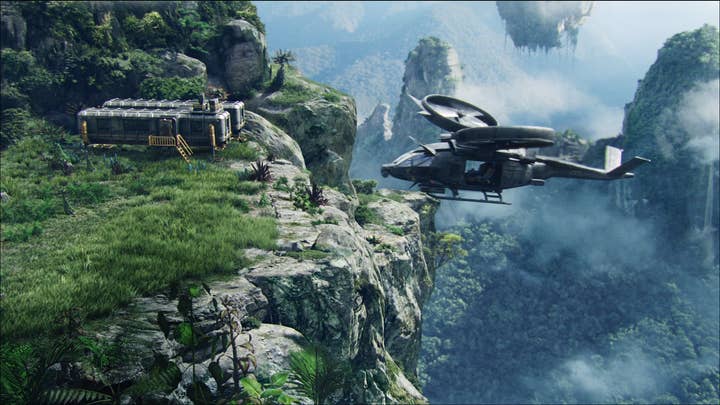
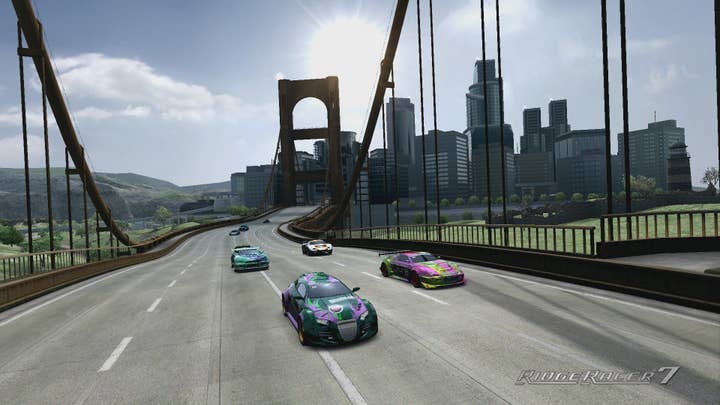
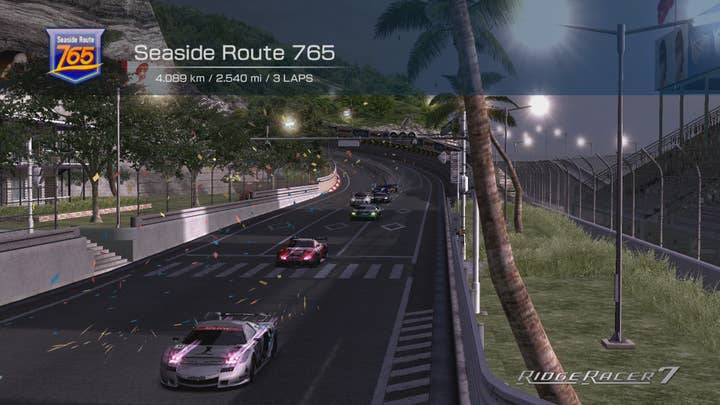
The notion was endorsed by many games developers, with DICE's rendering architect Johan Andersson saying that "It's not about the amount of pixels, it is about the quality of the pixels and how the overall (moving!) picture looks like. Less aliasing = less noise for your brain to interpret = more pleasing and easier to see visuals."
"Something else that bothers me in most games these days is how much contrast there is in the textures," added Prey 2 lead graphics programmer Brian Karis.
"Having physically based material guidelines help but the artists seem to try everything they can to create higher contrast. The result in my opinion is crunchy, noisy and often nasty looking images. I'd call the status quo ultra sharpness, ultra contrast."
A good example of the approach being described here can be seen in a great many Unreal Engine 3 titles - with the likes of the Gears of War games and Enslaved cramming a phenomenal amount of high frequency detail into a 720p framebuffer.
"We do what is essentially MSAA. Then we do a lens distortion that makes the image incredibly soft (amongst other blooms/blurs/etc). Softness/noise/grain is part of film and something we often embrace. Jaggies we avoid like the plague and thus we anti-alias the crap out of our images," added Pixar's Chris Horne, adding an interesting CG movie perspective to the discussion - computer generated animation is probably the closest equivalent gaming has in Hollywood.
"In the end it's still the same conclusion: games oversample vs film. I've always thought that film res was more than enough res. I don't know how you will get gamers to embrace a film aesthetic, but it shouldn't be impossible."

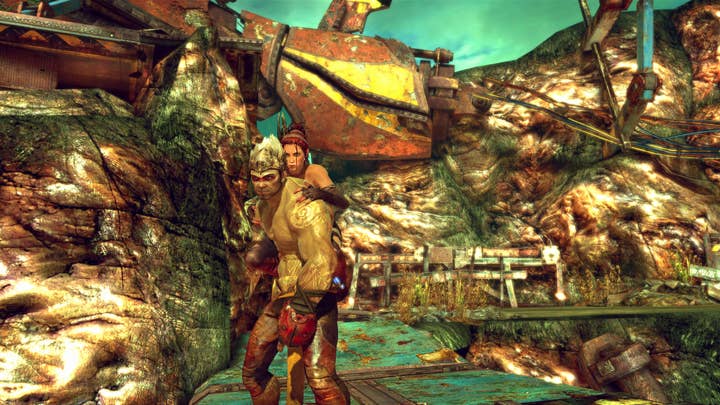
To achieve a resolution equivalent to today's full HD Blu-ray movies, it therefore follows that the processing requirements could fall quite dramatically from what was previously thought. You don't need MSAA, you don't need super-sampling. While the image may fall foul of pixel-counting in that it doesn't hit native 1080p, precious rendering resources can still be deployed elsewhere.
"A game could render at native 1080p resolution (with extra optional hardware AA or SSAA) then use a fast post effect filter (optionally combined with post AA to "estimate" shaded samples which don't physically exist) to apply a film-like depth of field and get a result similar to a 1080p BR film," Timothy Lottes added. "And that this process would have a filter kernel which would be at least two to three (of 1080p) pixels wide (and likely larger in practice to get a good window)."
